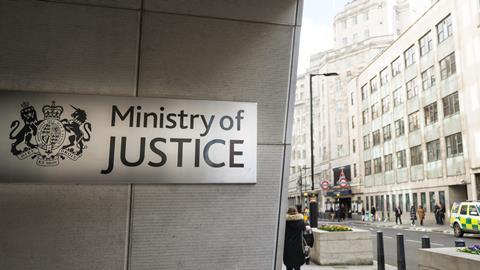The Ministry of Justice finally got the ball rolling on a major review of the civil legal aid sector. Missing from yesterday’s press release: a sense of urgency.
The final report will be published in 2024. Spring? Summer? During the run-up to the next general election, when there are restrictions on what the government can do?
The ministry says its review will commission an external economic analysis of the civil legal aid market to better understand how people access funding and support.
Here’s a quick economic analysis on the ministry’s own data. In April 2012, a year before vast areas of civil law were removed from the scope of legal aid, there were 2,134 civil legal aid providers. A figure that has steadily declined. Last February there were 1,369 providers. Last year the ministry also said that over two million people will have access to civil legal aid when means test thresholds are raised.
So, the number of people eligible for legal aid will rise as the number of legal aid practitioners continues to fall. My quick economic analysis on the above government figures alone leads me to conclude that a final report in 2024 is too late.
The government has already shown that it can move quickly. Take judicial review for instance: the independent review of administrative law was established on 31 July 2020, Lord Faulks reported back to government in January 2021, the government consulted on proposals two months later, the Judicial Review and Courts Bill was published in July 2021.
Thanks to inquiries, reports and data published by the likes of the Law Society, Bar Council, Westminster Commission on Legal Aid, House of Commons justice select committee and Legal Aid Practitioners Group (which, by the way, all highlight an increasingly fragile sector), a lot of the work that the civil legal aid review will cover has already been done.
There is no good reason why the review can’t report back this year.





































No comments yet